The Design of No Limit Finale
I've always loved talking about game design. It's something I see as both being tremendously valuable and pretty self-indulgent, to a certain extent. But now that I'm releasing micro RPGs, I have an excellent excuse to self-indulge! Here are the most exciting parts of No Limit Finale I want to talk about:
- The Design Premise, the most essential part of every game!
- Inspirations, because nothing is created in a vacuum.
- Using cards instead of dice, always worth justifying such decisions.
- The core game loop, the tight foundation for the whole game
- The aesthetic, since 'anime' is a strange choice for a few reasons.
I'm going to abbreviate No Limit Finale to No Limit in some places. Do not adjust your television sets - this is not a different game I'm hiding from you all.
The Design Premise of No Limit Finale
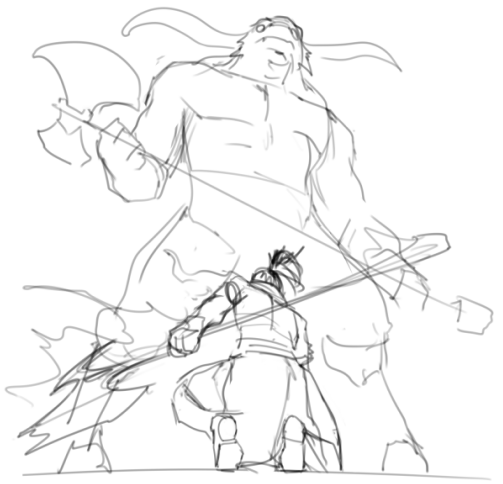
When I say "Design Premise", I don't mean anything like the description on the itch page. To me, the "premise" is to the "design premise" what a car advertisement is to a car. I almost always start with the design premise first and then put it together in a way that sounds compelling to play.
No Limit came from probably one of my fondest gaming memories as a game master, which was one of the best sessions I've ever designed and ran. It was high octane - the characters were high level, larger than life, and their first enemy was a flying worm that they literally had to climb on to fight. In a single session, I managed to capture something that usually takes a whole campaign to achieve, which is this completely bonkers, epic scene with no limit.
That session rocked. The session after it was just OK, though. A large part of that was because everyone felt like they had already played the campaign's finale. I think you see where I'm going with this.
The engine behind No Limit Finale drives each session to be this epic finale that you immediately throw away. Encouraging another session would, at best, create a mediocre follow-up, and at worst, invite people to hold back in the first session. You can cram in as much character development as you want and use all your best moves right away.
The Breadcrumb Trail of Inspirations
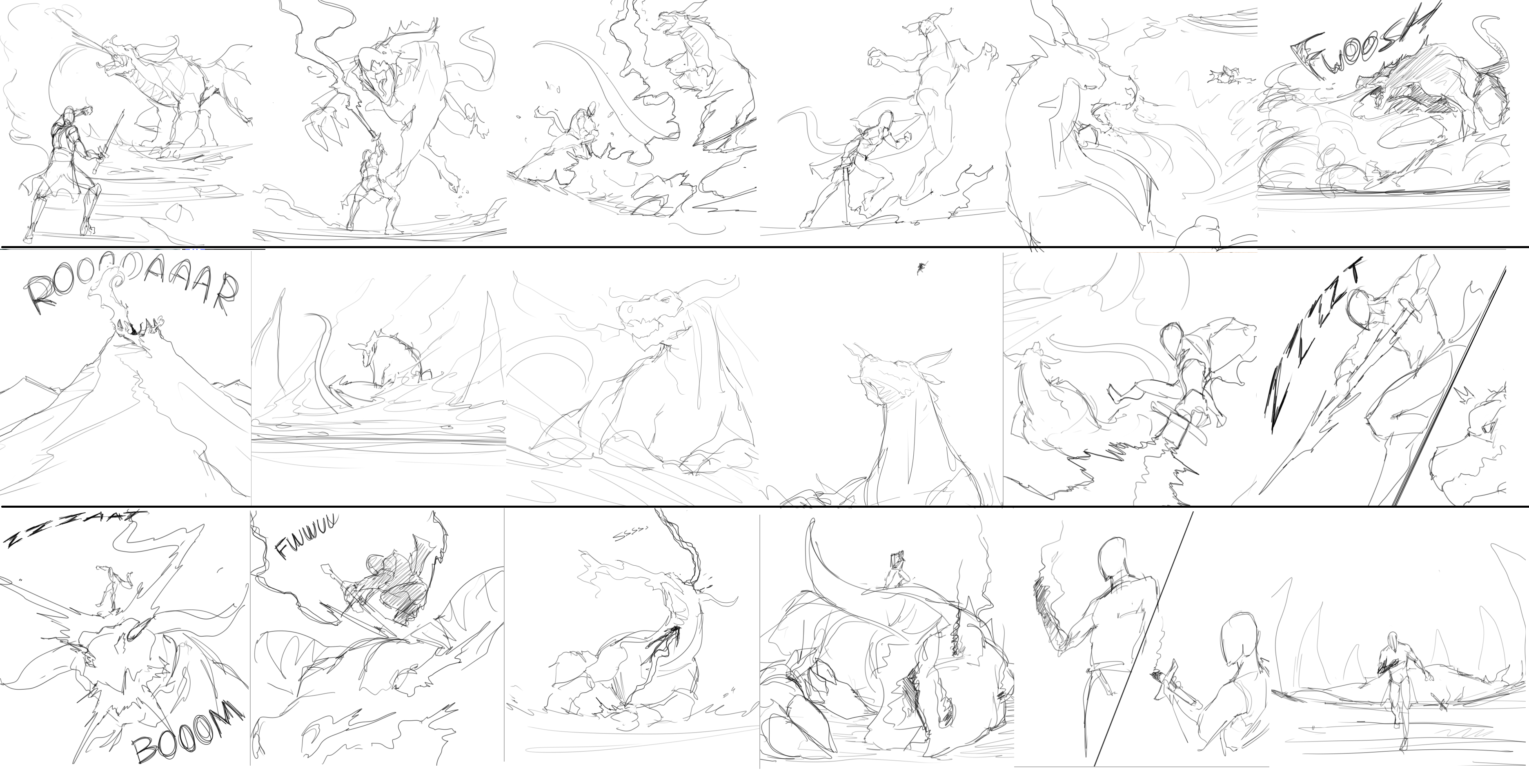
If you liked the look of No Limit, then you should drop everything and read Wushu: Black Belt Edition right now. It's available as a PWYW here, and it slaps hard. It immediately reminded me of that fantastic session I had years ago with the worm when I first played it. Without Wushu, I wouldn't have come up with No Limit because it gave me my first ideas on what was possible in this space.
If you don't want to read, the central mechanic behind Wushu is that on your turn, you describe yourself fighting loosely, just as in No Limit. Each thing you 'describe' gives you one die, up to a specific limit (ha!), and then you roll them all at once to see how you do. It's a hell of a lot simpler than No Limit and is flexible for all kinds of systems.
Something was missing, though. In Wushu, your description really doesn't matter. You can just say, "I punch him, and then I punch him," on and on to get all your dice. Now I do believe people won't want to give lazy descriptions just to be lazy. People will gravitate to the description intensity they feel comfortable with. But I saw some board games like Dixit where your narration matters because other players must guess what inspired it. I felt there was more to explore in this space.
What if you were given a prompt for a bout of combat, and other players had to guess the inspiration? And BAM - the card-playing, suit-inspiring No Limit was born.
The Cards and their Suits

A lot of games that use random inspiration use dice. So why cards? There are two main reasons.
First, cards give two levels of fidelity in inspiration: their suit and their face value. It's not too hard to remember what each of the 4 suits map to. The face value can be used for more specific inspiration in some cases, such as character creation.
Secondly, you can draw a hand of cards that limit your options. This encourages you to go with particular inspirations while still giving you the chance to choose the one you favour. They also have some quirks in their math that make them appealing for a game trying to give novel prompts, such as the difference between drawing from the deck and drawing from the discard.
The suit themes were tweaked to be similar enough that you probably have a decent second guess if you don't think you have the right card. Specifically, the themes are most similar to the suit they share a colour with. Some players felt that the suits should be more different. I tried that, and it became a game that had more to do with which cards people were holding than trying to finesse a description. R.I.P. to the "plot-heavy" theme, which I adored, but every time someone played it, they went on a really obvious 60-second monologue, and everyone instantly knew what to choose.
Cards have a significant limitation: shuffling them takes a while. A version of the game required the deck to be shuffled once or twice per session, and each time it happened, the action ground to a dead halt. A lot of the math in the game is driven by me trying to make the players not have to shuffle the deck. That also made higher player counts weird, but I already had enough reasons to encourage fewer players. It makes it easier to keep my game loops tight.
Loops and Acts and Loops and Acts
There are 5 loops in the game, each roughly occupying a different act in a 3-act structure. This could have an entire development post dedicated to it. When mapping the level of tension, I usually have this kind of graph in my head:
The first hump takes us from explaining the rules to making characters. Tension starts building when players picture how the fight might happen. It rises when imagining how/why each individual fighter will fight. It peaks when we begin drawing connections between the characters and the scenery they will be fighting on or with. As is traditional in Act 1, we end the act knowing what this story is about. It eases off as the rules are explained for the next act.
The second hump has two core loops and is probably the most interesting to talk about. It looks like this:
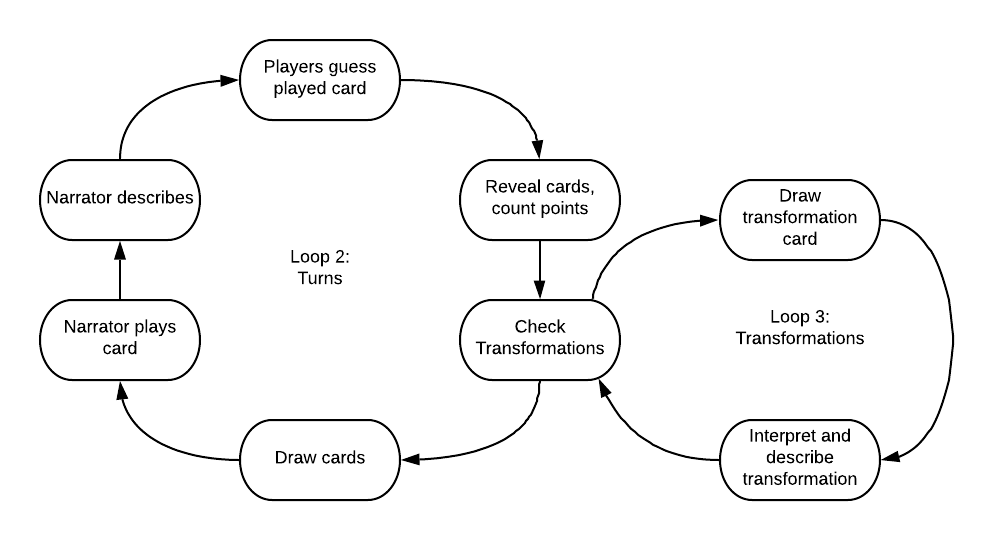
This is where the bulk of the game will be played, and it's essential to get it right. Describing your turn is pretty intense, and everything else in that loop is a deep breath in for everyone involved. Interest peaks just as the cards are revealed, or just before if you wanna get all Pavlovian about it. If you look at it, the left loop alone can be mapped to the 3-act structure! Act 1 is drawing and playing a card, act 2 is the description, and act 3 is the flourish of the description and guessing cards.
The transformations loop breaks up the pace of its cousin. It's an irregular reward, which makes it more exciting to predict and receive. It also solved a problem in my playtests where some players ran out of ideas for what to describe. The transformations make sure the overall tension of the game escalates to give people new ideas.
The final act and loops of the game are the final clash and resolution. It's meant to create a big set-piece to build towards and look back on. It works just differently enough to feel fresh but is familiar enough to play like the same game. Dropping out all but 2 players simplifies the description to keep the fight punchy.
Mathematically, the observers have more say in how the final clash goes than the fighters themselves. This relationship is significant in both enhancing the spectacle and stopping the observers from getting bored. Highlighting the fighter-observer relationship communicates that this is something worth watching, which is exciting for both the fighter and the observer. It also has this neat quirk I noticed where fighters usually start the clash feeling like they know who will win, but once cards are handed out, things change very fast. I also noticed that observers tend to root for the underdog, which means this swing is more predictable than you might imagine.
The resolution for games is a vital unloading process. It allows our brains to reflect on what just happened and sort things into different piles of what's worth remembering. There are no actual rules here because humans are already really good at this. In fact, any extra explanation would just make it harder to piece together what was remarkable about the session.
Anyways, the purpose of this section wasn't to brag about how good the design is. Setting goals and building towards them is crucial to making sense with as few mechanics as possible. Thinking about game loops and 3 acts is something that I don't hear talked about much. Usually, when I have fun with a game, I can map the experience to different acts. Game loops are just a practical way of describing the liminal phases of your game, but I should probably shut up as both of these topics easily could make a whole blog post each. Let's talk about something a lot vainer.
Why not just say you're an anime game?
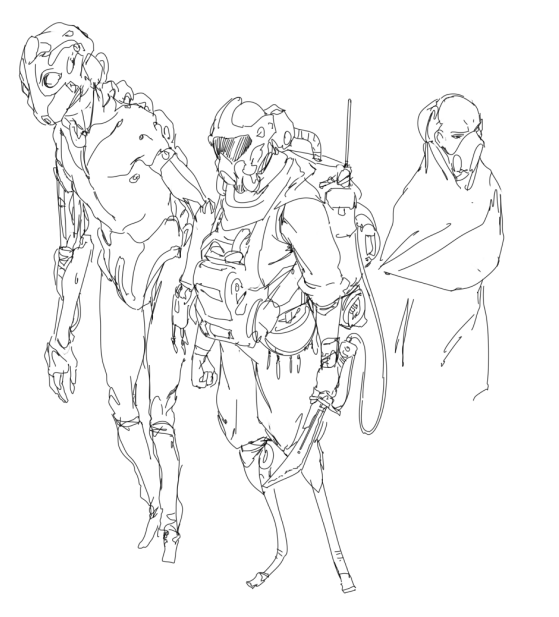
A lot of small RPGs are placed in a specific scenario AND an aesthetic. I think just by saying the aesthetic is "anime" would typically be selling it short. It's a vast genre, even if you only consider action anime, and all other RPGs I can think of that use it are still coupled with some specific idea.
To be honest, I never really considered putting No Limit in a specific setting. Perhaps this is odd, but I rarely give much thought to actual settings for my RPGs. I found the idea of a "stupidly over the top anime" to be specific enough to get playtesters to describe a consistent aesthetic. I wouldn't do it for an RPG that was more serious than No Limit.
You might notice that at no point do I actually call this an anime game, anime isn't mentioned in the game's description, and the art isn't particularly anime - but between you and me, that's how I thought of it. This game pokes fun at the genre but calling it a legit anime game rubbed me the wrong way. It might read as a commentary on the quality of anime games by making an intentionally silly one. I feel like I made the right choice, but I wonder if I perhaps played it a little too safe in this area. It probably would have drawn extra attention, both good and bad.
So what's the overall conclusion?
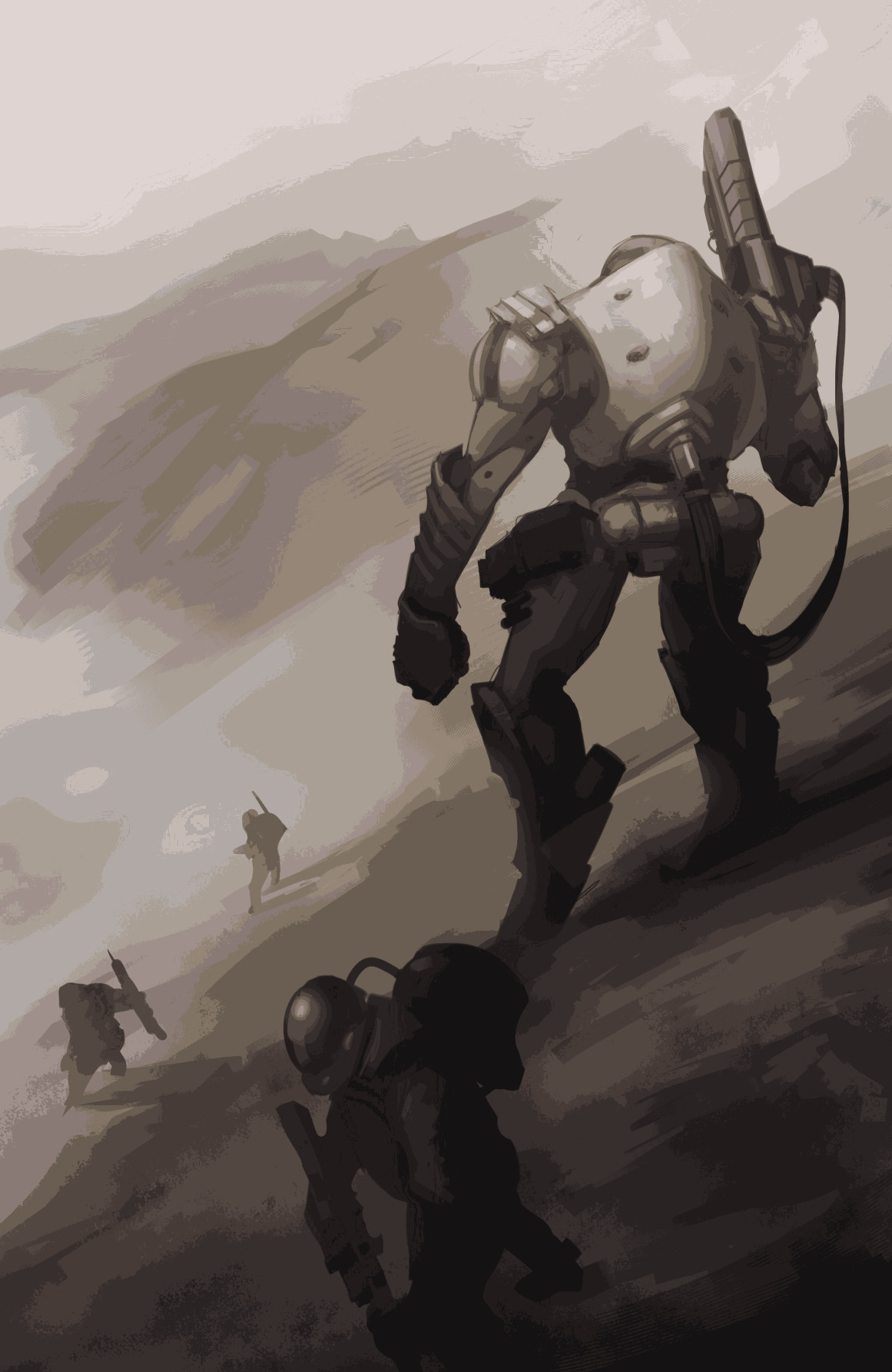
This game was a lot of fun to make. I learnt a lot about publishing and actually releasing things from it. Even a few weeks after its release, I see a lot of improvements I could make on the document, which I'm bringing into my next project eagerly. The way it came together from being inspired by other games and one of my fondest gaming memories feels familiar in how I come up with ideas in general. And being a game mimicking a defined story-based genre that generally uses the 3-act structure, it paid to put extra attention to how it was using that.
In case you're wondering, Louis Van Dyke graciously edited this pro bono. He usually posts video game stuff so give him a follow if you're into that (@Louis_Van_Dyke). Josh generously gave me some sketches from his warmup folder to sprinkle through, which really made the project great. If you like his stuff, he uploads it occasionally to his Twitter here (@kal_draws_lines).
If you liked this post, please let me know in the comments and by liking this! I know that sounds like I'm just trying to drive engagement, but as I'm trying out these blogs, it'd be valuable feedback for me.
If you'd like to jump in the discord for my games, come on in, the water's great: https://discord.gg/WQZzQSjG
Get No Limit Finale
No Limit Finale
Fight in an over-the-top finale for a series that never happened.
| Status | Released |
| Category | Physical game |
| Author | Dylan Ford |
| Genre | Card Game |
| Tags | Anime, Casual, One-shot |
| Languages | English |
More posts
- Update v1.1: Nov 25Nov 25, 2021
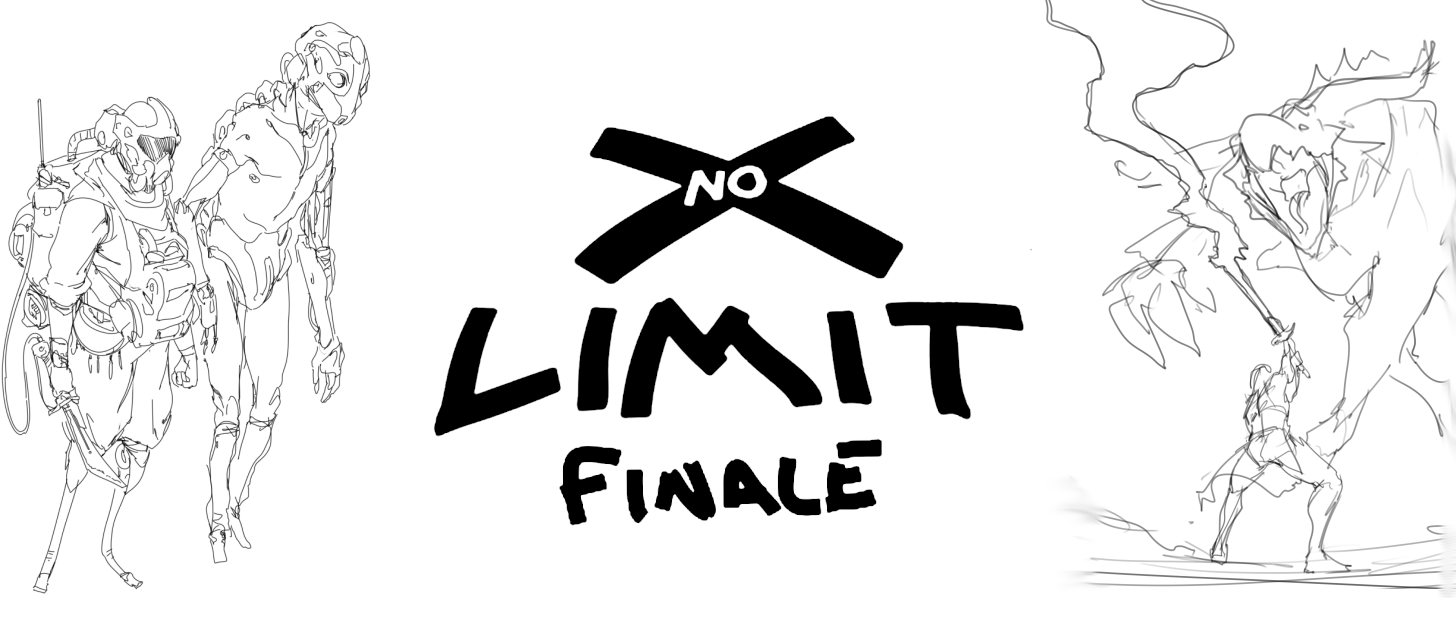
Leave a comment
Log in with itch.io to leave a comment.